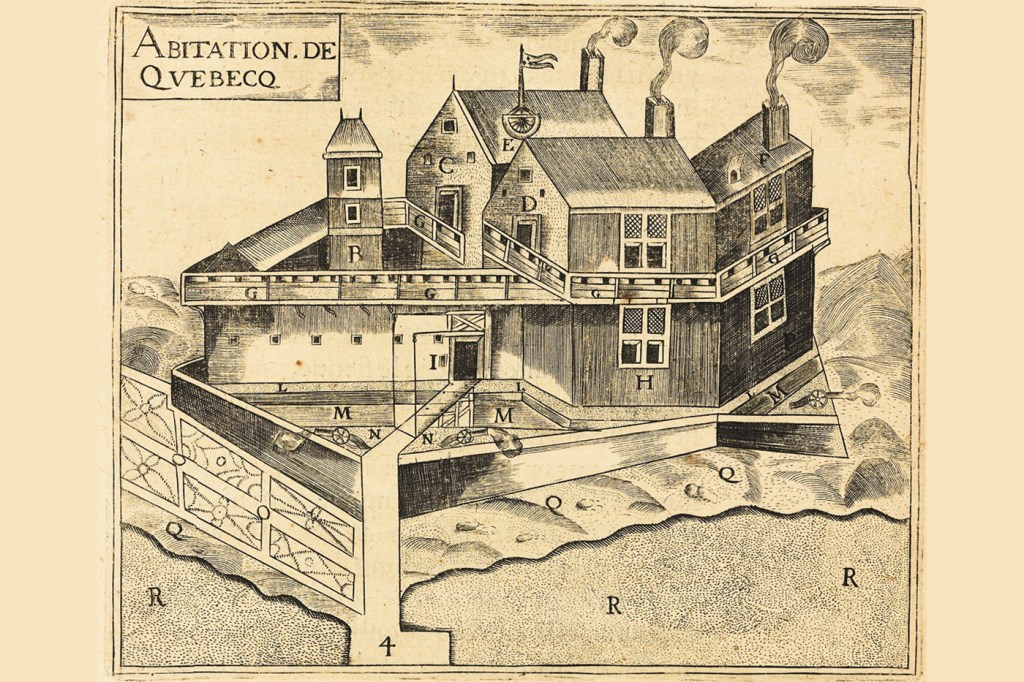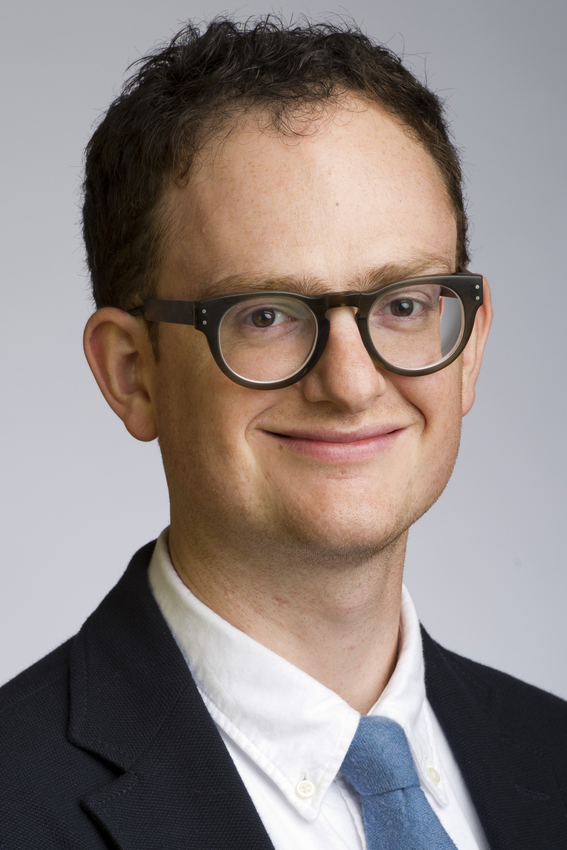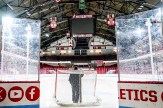French colonists in the New World didn’t just carry muskets—they wore gardening gloves

Some colonies are named after the place their homesick settlers came from. Other names, like Georgia or Jamestown, were a gesture to butter up whoever funded the voyage. Only some places actually share vegetation or terrain with the homeland after which they were named, and no amount of reframing will change that.
But as Northeastern history professor Chris Parsons details in his new book A Not-So-New World: Empire and Environment in French Colonial North America, when Samuel de Champlain arrived in Canada from France, that didn’t stop him from trying.
Upon arriving in Québec, Canada, in 1608, Champlain identified what appeared to be wild versions of what he and his fellow Frenchmen grew back home. Champlain assumed the role of cultivator, attempting to formally domesticate these wild indigenous plants. He also planted seeds that had made the voyage with him.

Chris Parsons, assistant professor of history in the College of Social Sciences and Humanities at Northeastern.
Through close readings of French writings, Parsons highlights how such practices evolved into a discourse. The French colonialism that Champlain represented was trumpeted as a kind of ecological rehabilitation—the New World just needed a little fixing, and France was there to do it.
French colonists made their mission palatable to their higher-ups in Europe through an appeal to the environment, blurring the lines between wild and indigenous, between cultivating and culture.
As Parsons shows, untangling the complicated relationship between the seemingly simple act of agriculture and the larger act of French colonialism—an endeavor Parsons describes as a “project”—requires digesting one particular word: sauvage.
In essence, Champlain, by writing that a plant was “sauvage for lack of cultivation,” implied that it hadn’t yet reached its full potential or use—in contrast to, for example, French vegetables or grains, which, in his mind, were properly domesticated. In asserting this, Parsons writes, Champlain “signaled that the manifest differences of American environments were remediable defects.”
In other words, the Native Americans were painted as neglectful stewards of their land—the French, saviors. Corralling native plants into gardens aligned them more closely with a landscape Champlain was familiar with; this in turn gave French colonists greater perceived entitlement to, ownership of, and identification with the land, as well as the people who inhabited it.
Of course, New France was neither France nor new; it was a place all of its own, having existed for millennia. Québec was not a neglected area to be fixed but a unique and intentionally curated landscape—it was, as Parsons puts it, a “not-so-New World.”
And, to the Frenchmen’s chagrin, this world was one that couldn’t yield the same kind of wine-making grapes as their homeland did, no matter how hard they tried (or how much blame they foisted upon Native Americans).
“Most of my book is about people who came to a continent really confident that they knew what was going on,” Parsons says. “If history can teach us anything, I think [it’s] less specific lessons and more in terms of humility.”
Like his work in the classroom, for which he was awarded the College of Social Sciences and Humanities’ 2018-2019 Outstanding Teaching Award, Parsons’ book forces people to question what they believe to be true—to, in his words, “get a sense of a more complicated relationship with the past.”
Parsons also recently received the college’s RDI Research Award to support his work for “The Birth of Boston,” an archival mapping project out of The Boston Research Center, an initiative of the Northeastern University Library’s Digital Scholarship Group.
For media inquiries, please contact media@northeastern.edu.





